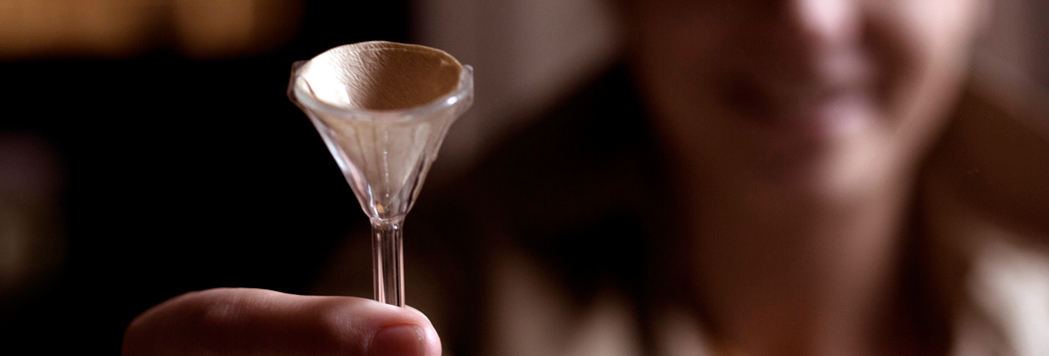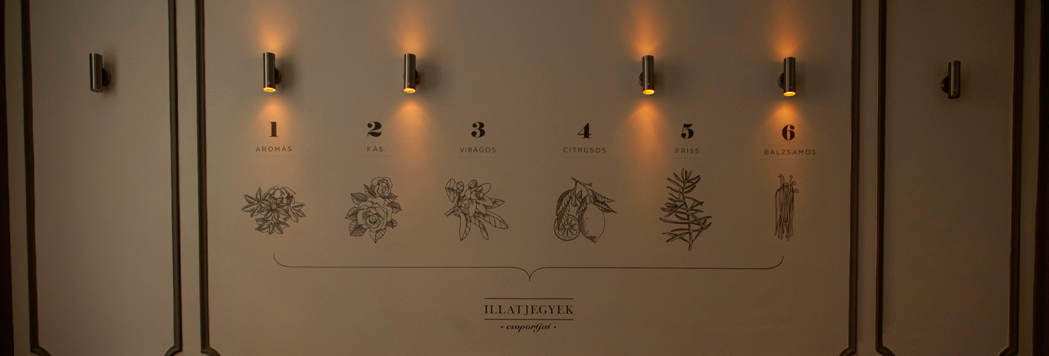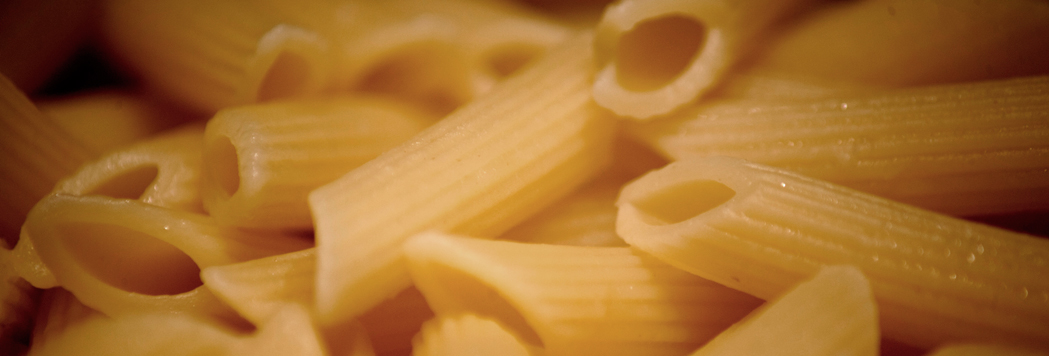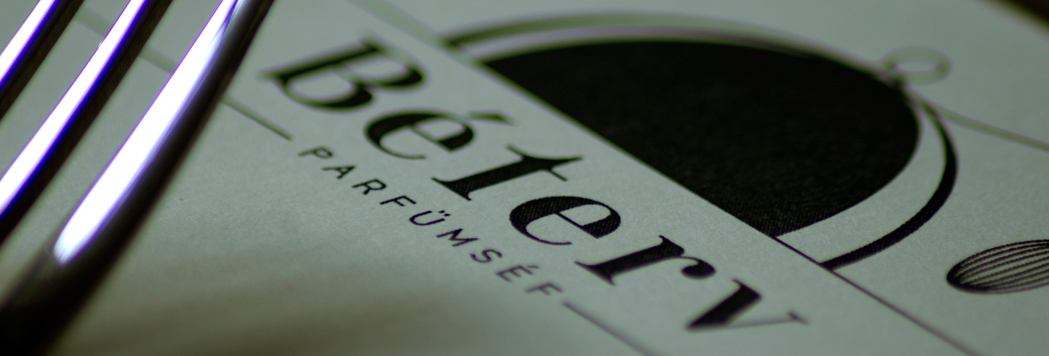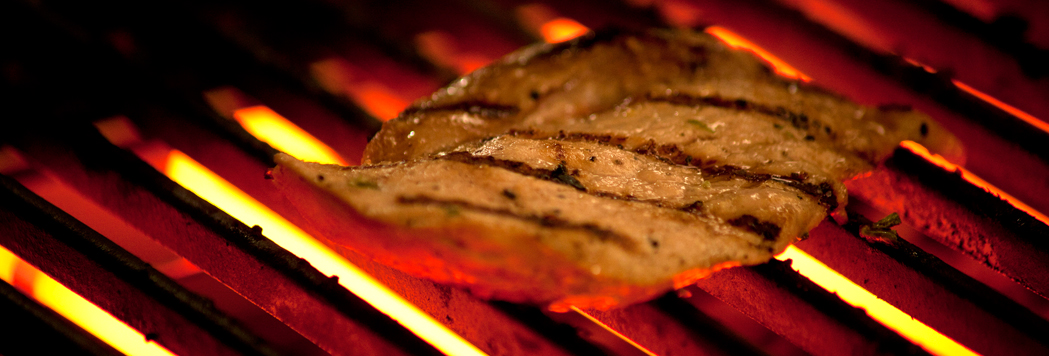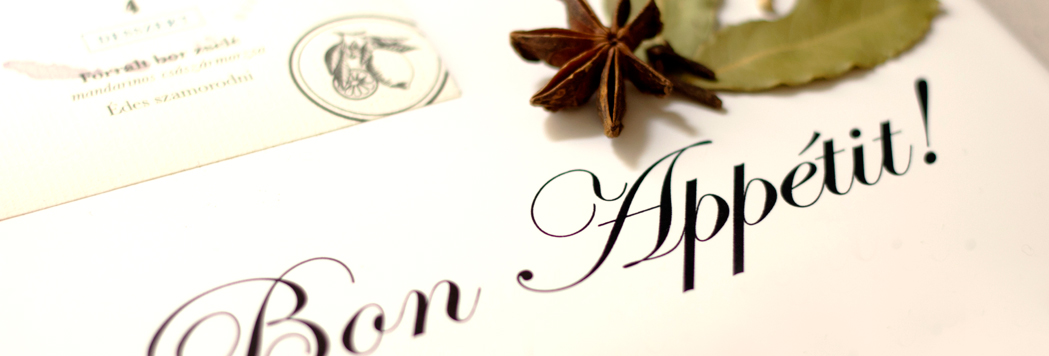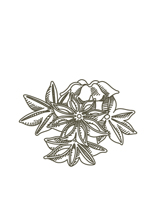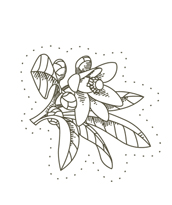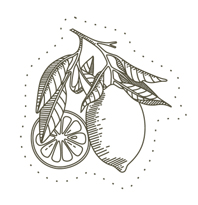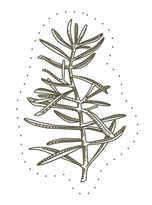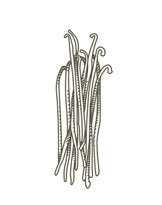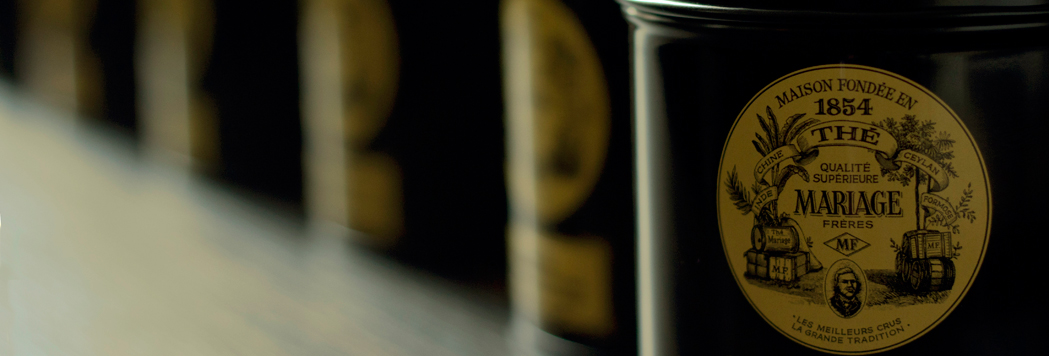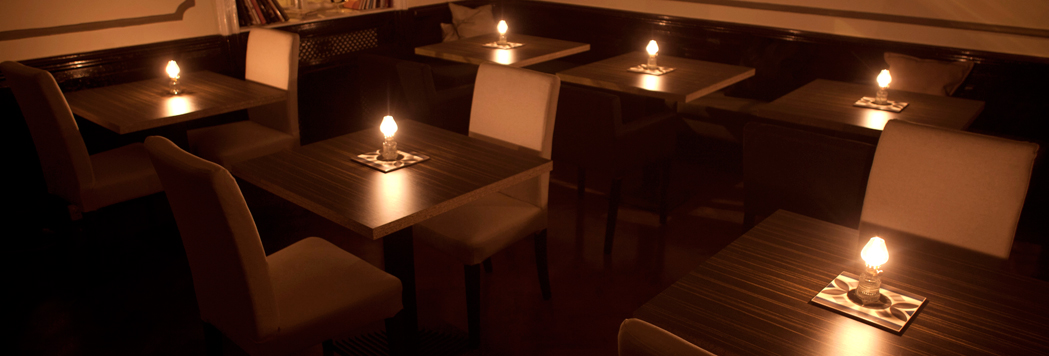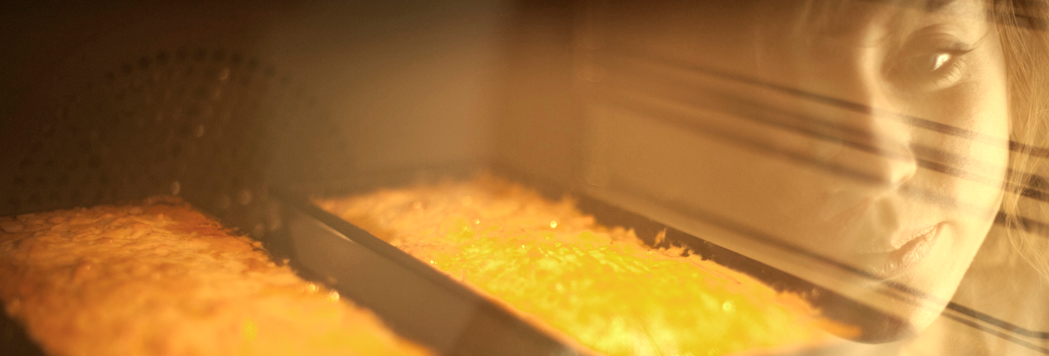Labdanum/Cistus
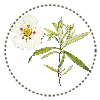 Labdanum/Cistus
Labdanum/Cistus
The leaves of the rockrose Cistus ladaniferus are covered by glandular hairs exuding an odoriferous resin called labdanum. It has a warm, sweet-resinous, woody-ambery odour. It is one of perfumery's classic ingredients.
In Cyprus, for example, there are large brushwoods of C. ladaniferus. Goats and sheep in the hills get their fur sticky with labdanum. Formerly the shepherds collected this material from their animals and sold it to buyers at the sea-ports. In ancient Egypt, the false goat-hair beards of the pharaohs were impregnated with labdanum to surround these men with an impressive aura of distinction.
The Cypriotes mixed labdanum with styrax and calmus oil, thereby creating an early masterpiece of perfumery. The Crusaders, when they conquered the island, became so enthusiastic about the fragrance that they brought the recipe to the rest of Europe. Known as the 'Chypre'-theme, it is still employed in modern perfumery.
Cyprus, Crete, the Esterel Mountains in southern France, Spain and Portugal are the main production sites of labdanum. Today the crude Labdanum gum-resin is obtained by treating the cut plants with hot alkaline water to catch all the surface waxes, resinous matter and oily parts from the plants. Steam distillation of the gum yields about 2 % of labdanum oil, which is extensively used in perfumery. It has a powerful, diffusive and very substantive odour with strong notes of incense and ambergris.
It is warming, increases circulation, calming, stress, sleep, mood uplifting, euphoric, meditation, loosens tight muscles, fixative to hold scent of a fragrance. to promote menstruation; It is also said to be useful for scrofulous skin conditions, ulcers and tumors, including cancers. Labdanum's odour is variously described as amber, animalic, sweet, woody, ambergris, dry musk, or leathery.


